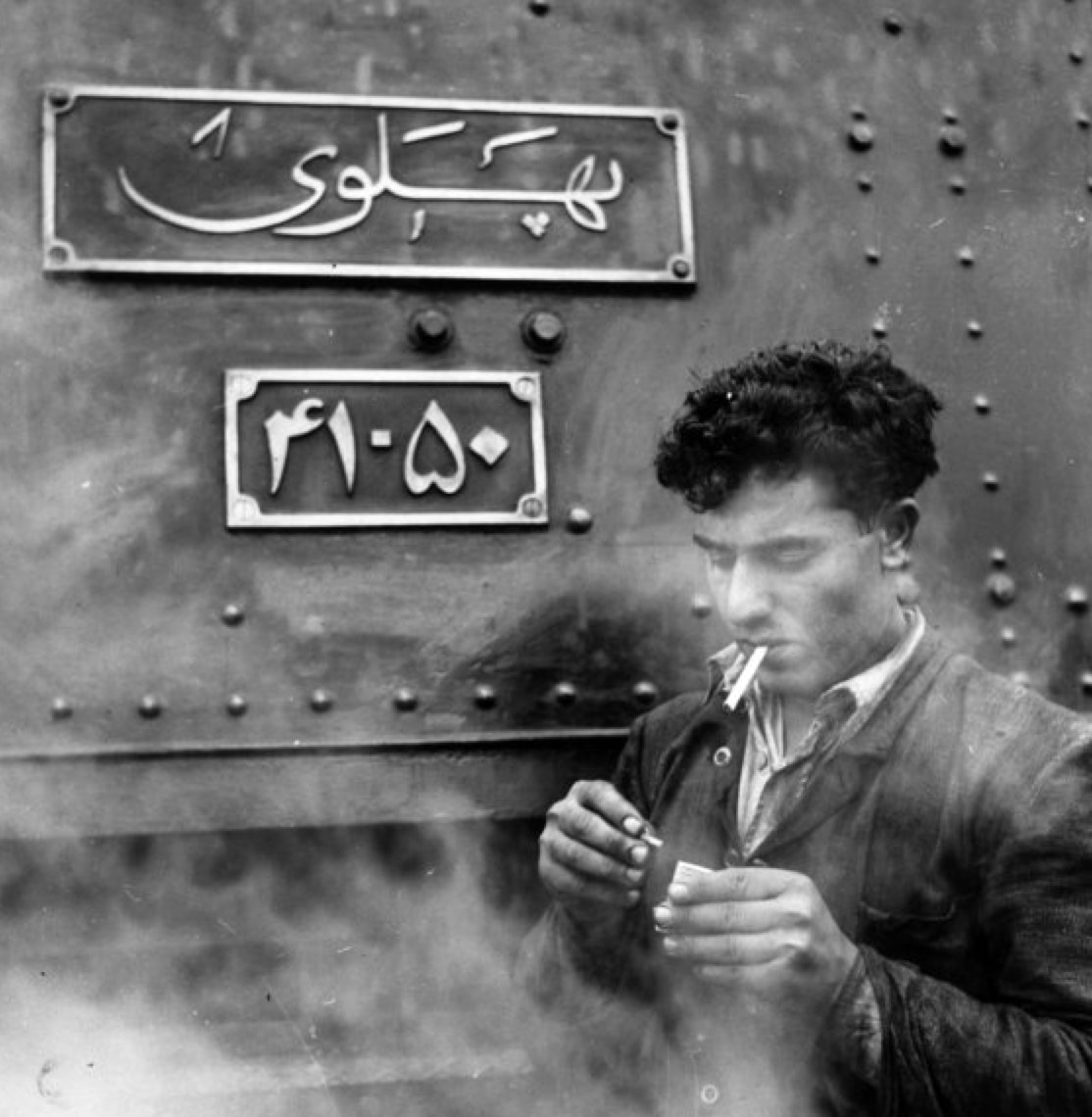
UNESCO nominates the Iranian Railway as a World Heritage Site – Part 2
The buildup of the Iranian railway and road systems resulted in a dramatic improvement in the economic sector. Cost and time required for the transportation of goods across the country were now dramatically reduced. As noted by the British Central Office of Information:
“…the Persian people had every reason to be proud of it [the Iranian railway], for they themselves had supplied most of the labor for its construction and they, with a small population living in every circumstance in hardship, had found every Rial of the thirty million Pounds which it had cost” (British Central Office of Information, 1948, p.92 – Source: British Central Office of Information (1948). PAIFORCE: The Official Story of the Persia and Iraq Command 1941-1946. London: His Majesty’s Stationary Office).
By 1933, the Iranian railway and road network system had reduced the cost of transportation to a third of what it had been in 1920. The time needed for transport in 1933 was now reduced to just one-tenth of what it had been in comparison to 1920.


The efficiency of the Iranian railway and road networks was one of the primary factors that encouraged the Anglo-Soviet invasion of Iran in August 1941. The primary objective of that invasion was to use the Iranian network to supply the Red Army of the Soviet Union. This is because Nazi Germany had been engaged in a massive invasion of the Soviet Union since June 22, 1941 (known as Operation Barbarossa).
The construction of the Iranian railway is a testament to a monumental feat of engineering in a country of rugged and highly diverse geography.
Pictured:
The Dorood train station in Luristan as painted by Richard H. Jansen (Source: US Army Center of Military History).
Iran station in LuristanAn Iranian railway engineer pauses for a cigarette break at Zagheh station along the Western Iranian mountains; photo dated to 1955 (Source: Avax News).
Credit to :
Michael-Mehrdod Khajeh-Noori
